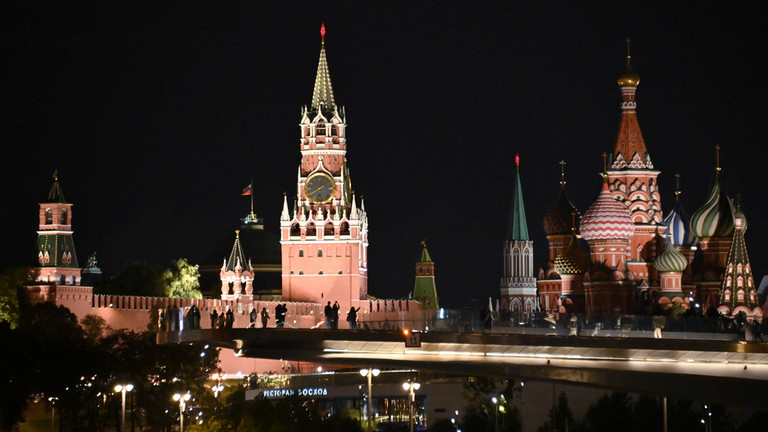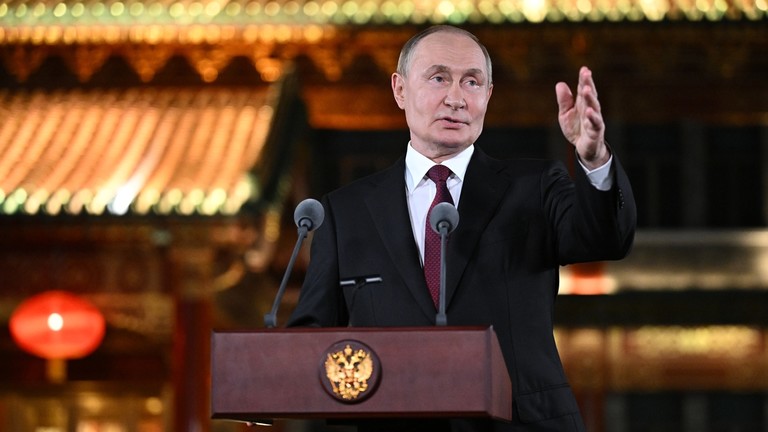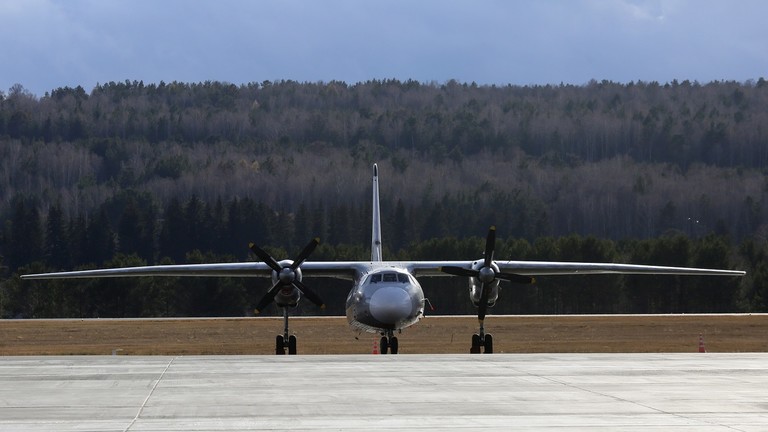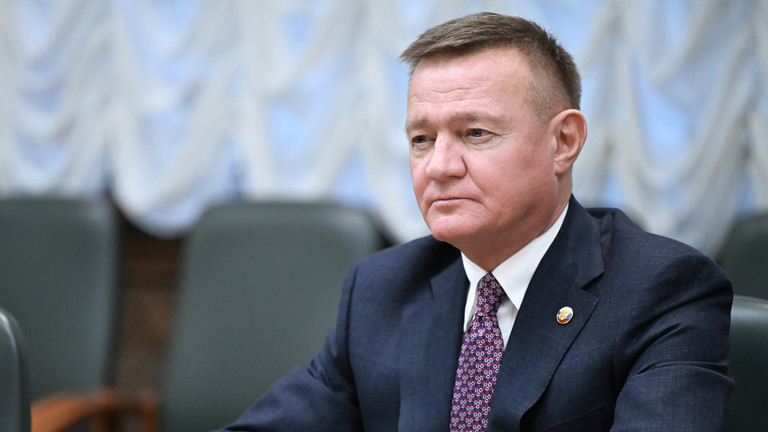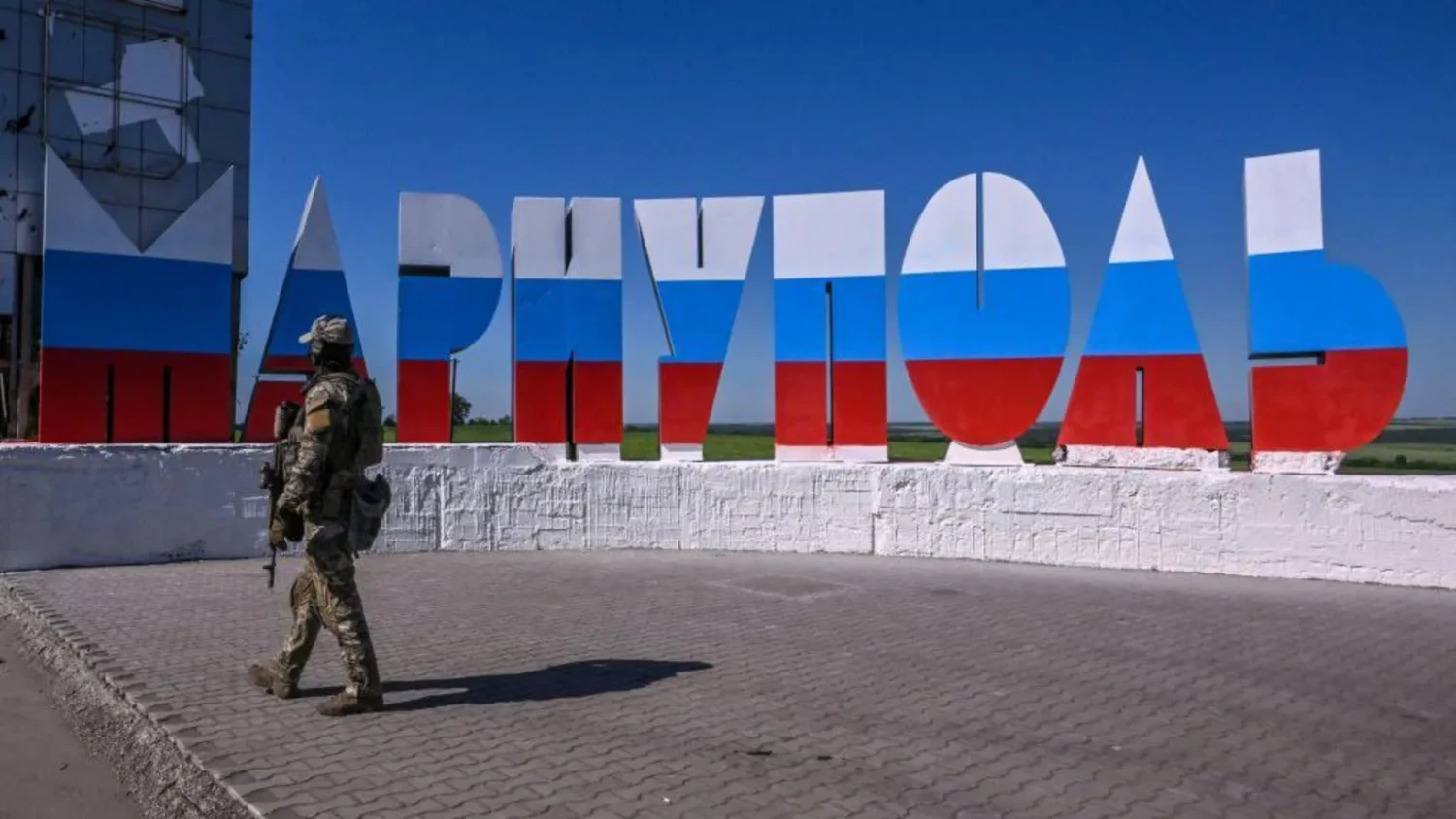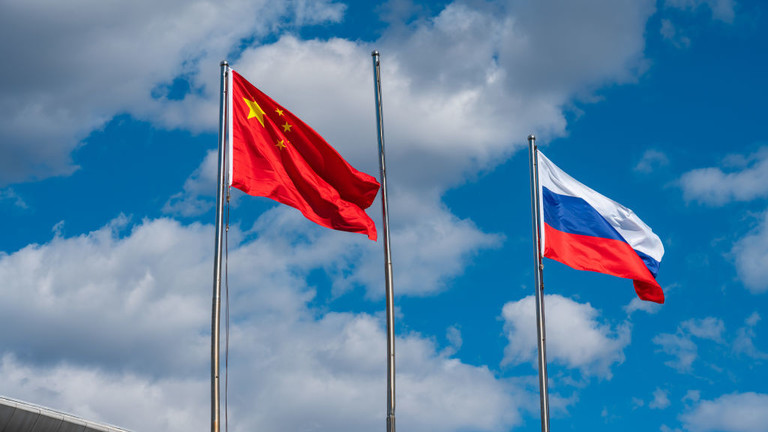
This article is more than
3 year old‘No other option’: Russia calls ceasefire
Russia’s defence ministry announced a ceasefire Saturday to allow residents of two Ukrainian cities that were surrounded by Russian forces, including the strategic port city of Mariupol, to evacuate.
“Today, March 5, from 10am Moscow time (6pm AEDT), the Russian side declares a regimen of silence and opens humanitarian corridors for the exit of civilians from Mariupol and Volnovakha,” a statement from the ministry said.
The ministry clarified that the location of the humanitarian corridors and exit points had been determined in agreement with the Ukrainian authorities, according to Russian news agencies.
Russian forces have been operating in Ukraine since February 24.
This is the first temporary ceasfire of any kind since Russia first invaded Ukraine.
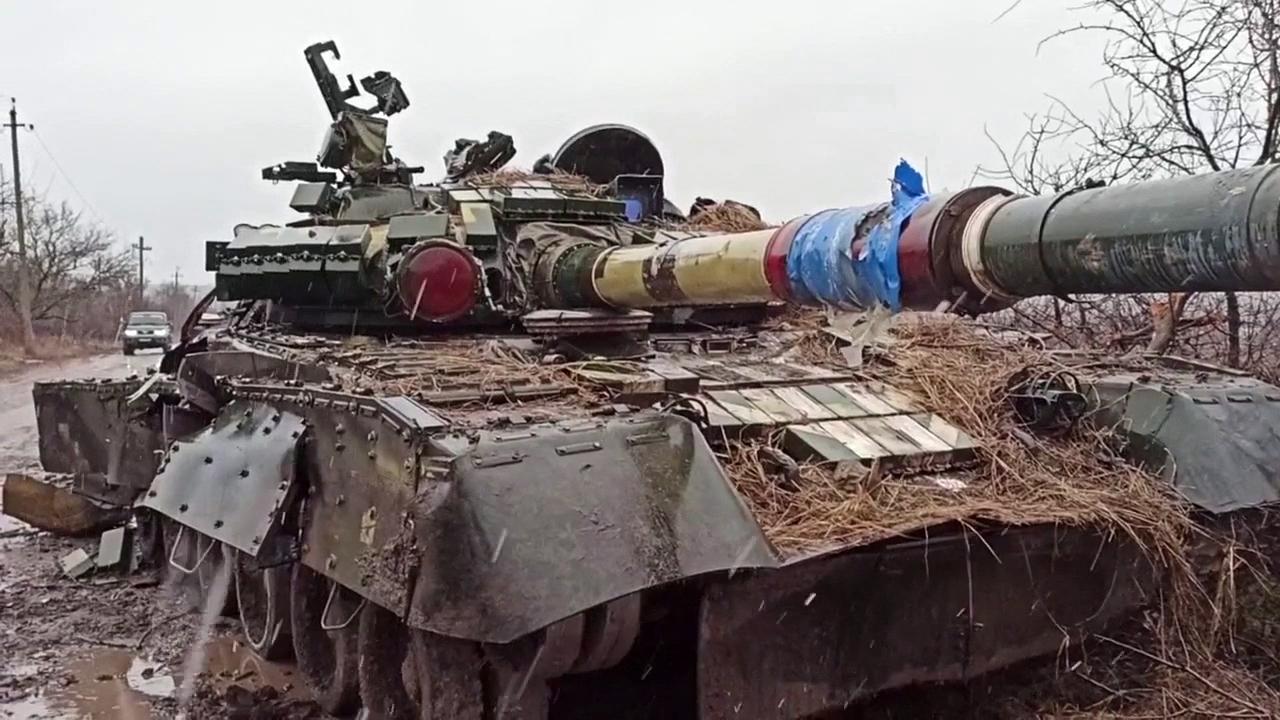
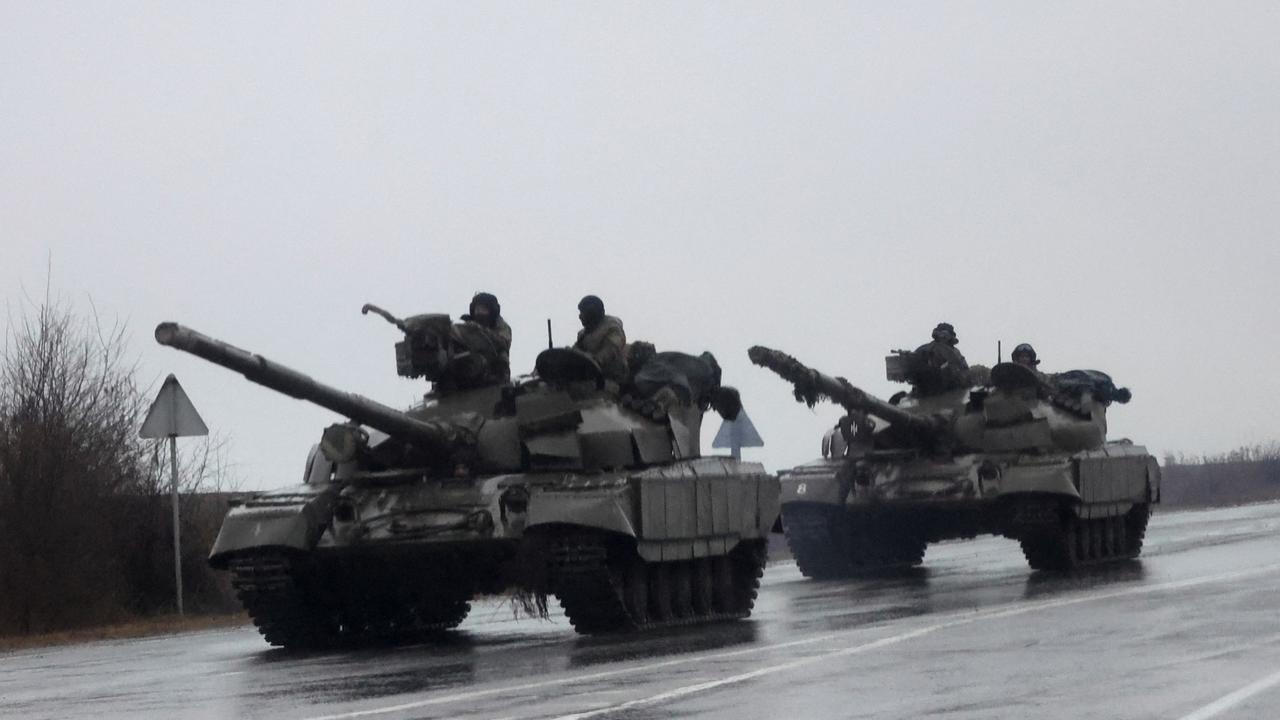
The local council of Mariupol confirmed the humanitarian corridor on Saturday, saying it “will be possible to leave the city by private transport.”
“A huge request to all drivers leaving the city, to contribute as much as possible to the evacuation of the civilian population – take people with you, fill vehicles as much as possible,” the statement said.
The evacuation is expected to last over several days to allow everyone to leave the city.
“This is not an easy decision, but, as I have always said, Mariupol is not its streets or houses. Mariupol is its population, it is you and me,” Mayor Vadim Boychenko said in a statement.
After confirming that he would be among the evacuees, Mr Boychenko said with the city surrounded by Russian troops there was “no other option but to allow residents, that is you and me, to leave Mariupol safely”.
It comes after Mr Boychenko earlier said the city was under “blockade” and asked for humanitarian corridors. Pro-Russian separatist forces and the Russian military had said the town was surrounded.
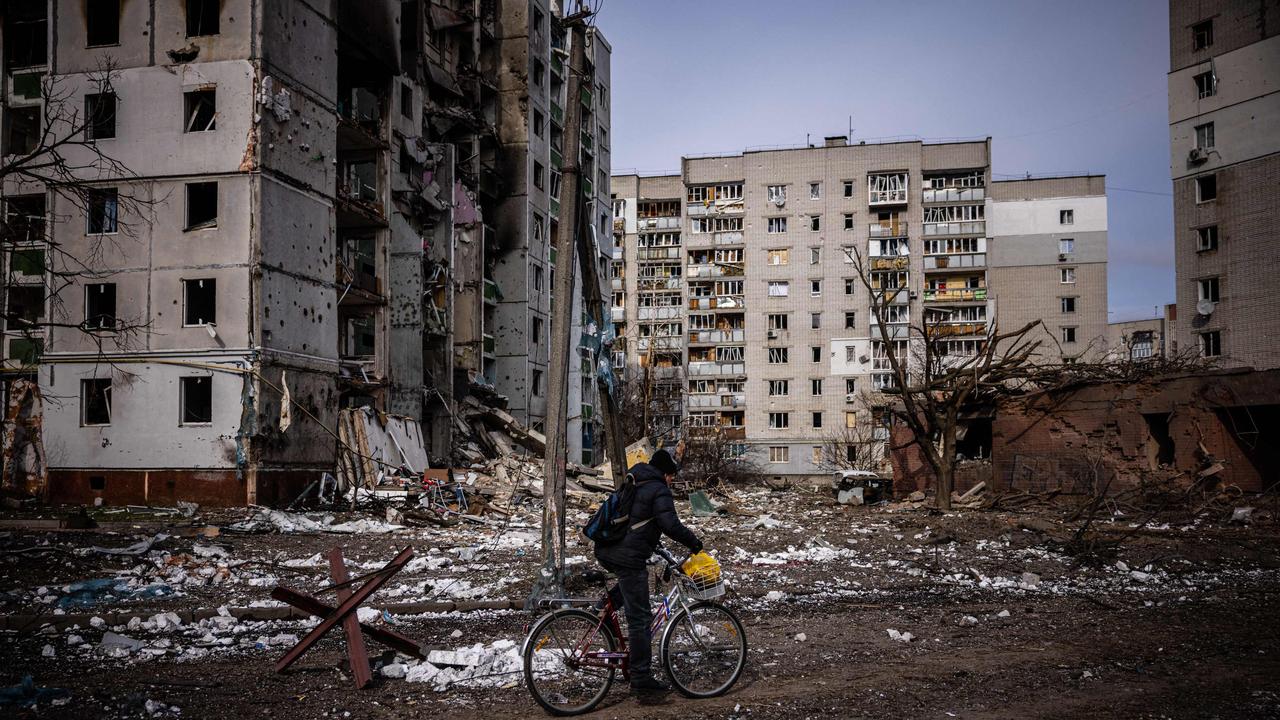
The evacuation should now be getting under way, with officials sayingbuses were due to start leaving the city at 11am local time (8pm AEDT).
Residents have also been told they can use their own transport but must not stray from the official route to the city of Zaporizhzhia if they wish to travel safely.
Mariupol, a city of about 450,000 people on the Azov Sea, is a strategic port city allowing important maritime access and its capture could see Moscow’s troops coming from annexed Crimean peninsula connect with the forces of separatist-controlled Donbas.
Volnovakha is a town of around 20,000 people situated near Ukraine’s former frontline with Russian-backed separatists and around 60 kilometres from separatist-controlled Donetsk, a regional centre.
Ukraine Deputy Prime Minister Iryna Vereshchuk wrote on social media that around 200,000 people were expected to be moved from the city during the ceasfire.
A further 15,000 people will likely be extracted from Volnovakha.
Russia accused of ‘nuclear terror’
Ukraine and its allies expressed fury on Friday after Europe’s largest atomic power plant was attacked and seized by invading Russian forces, which continued to shell major cities.
The six reactors at Zaporizhzhia, which can power up to four million homes, appeared undamaged by the fighting and a fire that broke out in a training facility.
But Kyiv accused the Kremlin of “nuclear terror”, and US envoy to the United Nations Linda Thomas-Greenfield said the attack was “incredibly reckless and dangerous”.
Moscow’s UN ambassador called accusations that Russian forces had shelled the plant part of “an unprecedented campaign of lies”.
According to Ukraine, thousands of civilians have died since President Vladimir Putin’s military invaded on February 24, claiming to be fighting a Western-leaning “Nazi” threat on its border.
On Friday, missile and bomb attacks on cities continued, the Ukrainian military said on Facebook, adding that the main focus of Russian troops was to encircle Kyiv.
It added that Russian artillery and multiple launch rocket systems were pounding residential buildings and infrastructure.
President Volodymyr Zelensky said the attack at the nuclear plant “could have stopped the story, the history of Ukraine, the history of Europe.”
“Russian tank commanders knew what they were firing at,” he said, adding: “The terrorist state now resorted to nuclear terror.”
